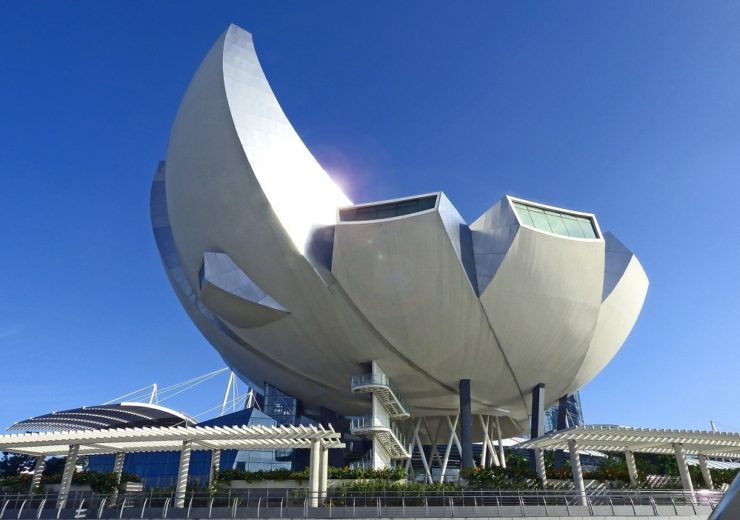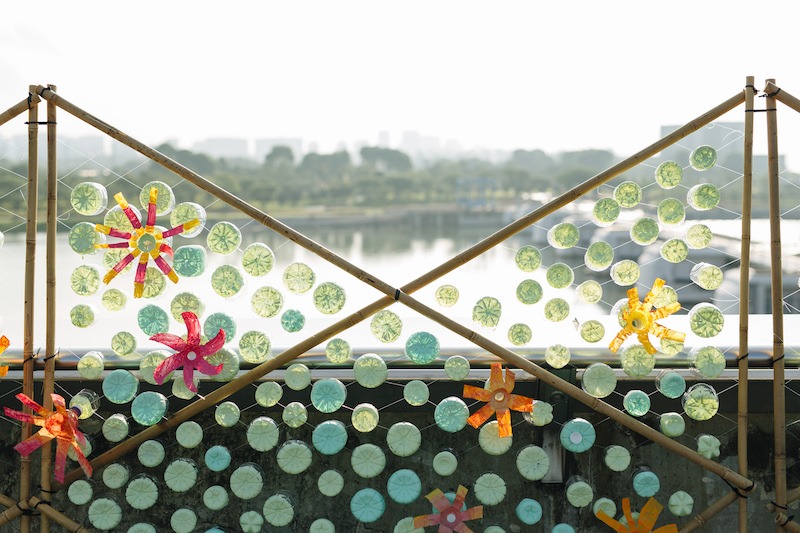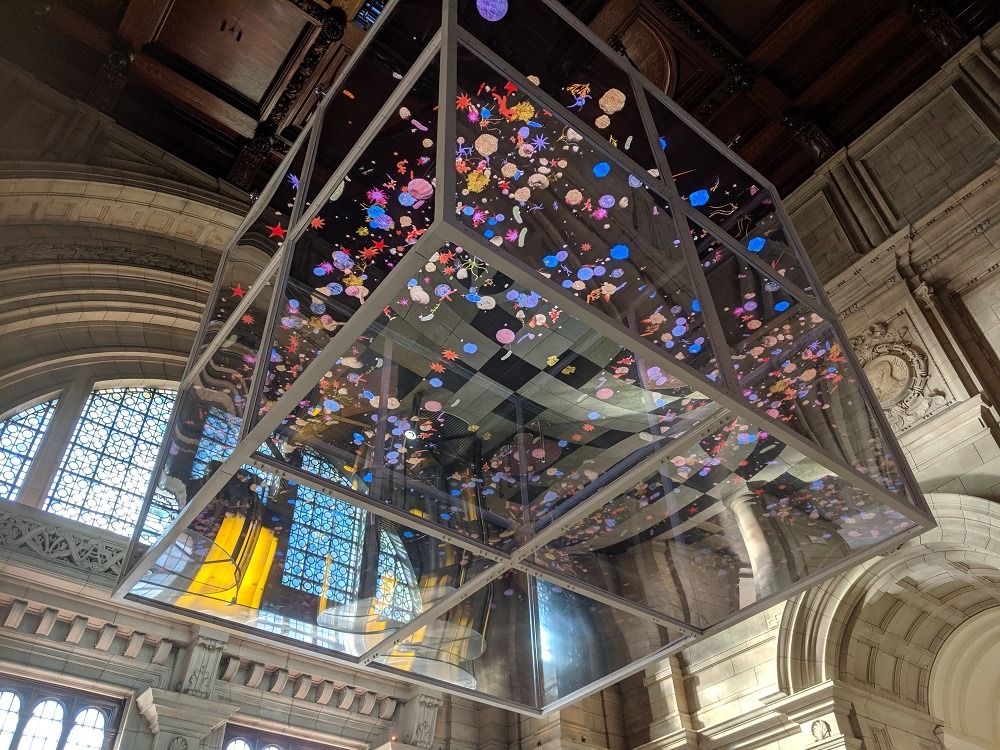The augmented reality installation was developed as part of the Climate SOS - Season of Sustainability showcase hosted at the country's ArtScience museum

Singapore's ArtScience Museum was opened in 2011 (Credit: Pixabay)
Singapore’s ArtScience Museum has developed an augmented reality (AR) experience to teach visitors about plastic waste in the ocean.
The Clean Seas experience, created by Singapore-based technology studio MeshMinds, allows audiences to be immersed in the challenge of tackling the marine litter problem.
Working in partnership with the United Nations Environment Programme (UNEP) and Singaporean artist André Wee, the technology company has developed a virtual ocean featuring sea creatures made from plastic.
Visitors are able to “clean” the sea while also making a social pledge, which they can then share online.
MeshMinds chief connecting officer Kay Vasey said: “We can track engagement and impact.
“We find that the dwell time on such augmented reality experiences is significantly longer compared to viewing static content.
“The level of interactivity helps people engage more with the problem of ocean pollution.
“We are seeing that this translates into conscious buying decisions and people sharing that they intend to change their plastic consumption habits.”
ArtScience Museum’s Climate SOS showcase
The AR experience has been created to form part of the ArtScience Museum’s Climate SOS – Season of Sustainability showcase.
The month-long exhibition has been designed to create connections between consumer habits in Asia and the impact of climate change in the Arctic and oceans.
ArtScience Museum executive director Honor Harger said: “Over the past five years, we have staged several exhibitions, programmes and educational activities that send a clear message about the urgency of taking action to address environmental threats such as climate change and biodiversity loss.
“Having worked on several projects that investigate the critical issues faced by rainforests in South East Asia, Climate S.O.S switches focus to the sea and the polar regions, with a series of projects that encourage our visitors to take action to protect these ecosystems.”
UNEP says the AR experience builds upon work done by artists globally in creating awareness of environmental issues.
This includes a dozen large art pieces focused on plastic pollution installed across Asia and the Pacific for World Environment Day last year.

UNEP’s regional information officer for Asia and the Pacific Adam Hodge believes, due to its visual nature, art can create far greater awareness and engagement in communicating climate issues.
He said: “Artists can have an important impact on issues like climate change and marine litter.
“By combining their medium with augmented reality, we can deliver some incredibly powerful messages.”
German tech giant SAP’s partnership with architect Sam Jacob to create ‘Sea Things’ exhibit
UNEP are not the only organisation using art to raise awareness of the plastic pollution problem, with German technology giant SAP having partnered with UK-based architect Sam Jacob to create the “Sea Things” exhibit.
Produced for the London Design Festival in September, the art installation was developed to explore the role of design and technology in reducing ocean plastics.
The exhibit coincided with the launch of the next phase of SAP’s “Plastics Cloud” pilot programme, created to aid in the partnership of businesses tackling climate issues.

Speaking to NS Packaging, SAP head of sustainable business innovation in Northern Europe Stephen Jamieson said: “Given the half a million visitors that come to the design festival each year, how can we help to provoke, to stimulate, to help designers to take a pause of thought and reflect on, not just their role in terms of how they design but also their role in the wider system.
“The reason behind this exhibition is to raise up the dialogue — how do we all collaborate better, how do we all work together better, what are some of the practical things we can be doing now? Those are the sorts of questions we want to be provoking through this week.
“Second to that is the work that we are doing on the Plastics Cloud, where we can actually make real, meaningful commitments ourselves and meaningful developments ourselves to help our customers to innovate away from these problems.’’
